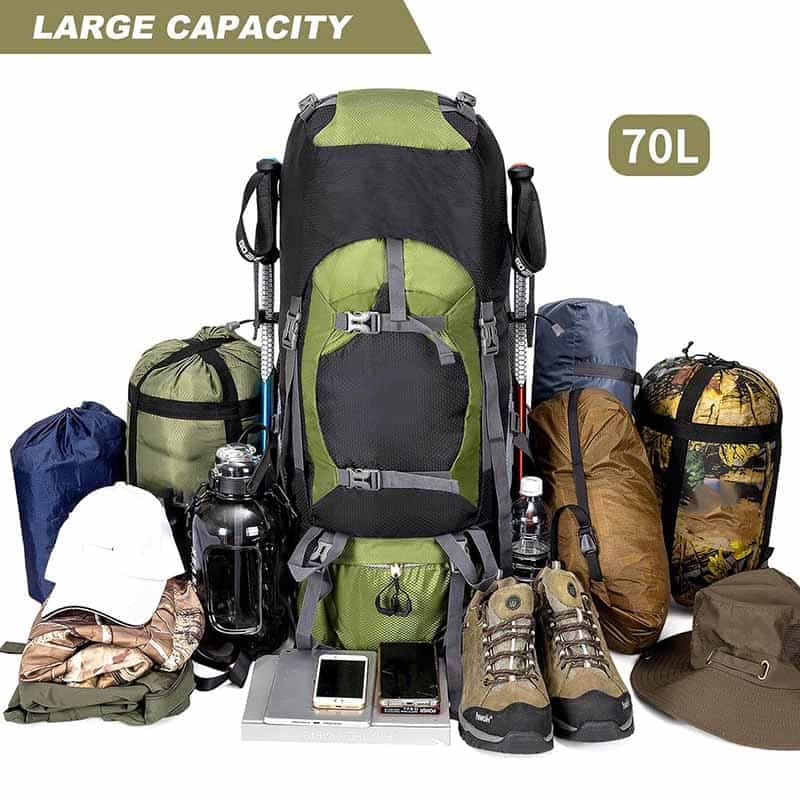If I could convince my readers who backpack to follow one piece of advice— no matter your age, how much you hike, or how fit or experienced you are—it would be this: Lighten up. You’ll make backpacking more fun.
This article shares my five most effective tips for accomplishing just that.Backpacking
The good news is you don’t have to embrace extreme measures or compromise safety or comfort—in fact, I’m convinced my strategy has made me more comfortable and safer than when I routinely carried a much heavier pack. Among many examples I could offer, when three friends and I backpacked the Grand Canyon’s remote and very rugged Royal Arch Loop, we moved more safely and confidently through that challenging terrain because our packs were relatively light—even with the weight of extra water. Other benefits include being able to hike farther, less likelihood of an injury, and just feeling much better at the end of Backpacking
here are my five most-important tips as you set out on—or continue down—the path toward lightening your pack. Please share your thoughts on them, or your own favorite tips, in the comments section at the bottom of this story. I try to respond to all comments.Backpacking
And click on any photo below to read about that trip.Backpacking

#1 Start With Nothing
The best way to fail at lightening your pack is to start with your old gear list and remove items one by one. Don’t begin from the presumption that every backpacking trip requires the same gear and clothing. Instead, sure, use a gear list as a starting point but question everything, add only what’s necessary for each trip, and continually modify your list as you experiment and hone your own system and gear kit.
#2 Weigh Everything
I mean literally put everything on a scale, from gear to clothes and food. I do it all the time (especially with food). It may sound a little too obsessive, but this helps you assess the value of everything you carry—it motivates you to downsize when you see exactly how much weight each item adds to your pack. It makes you scrutinize everything that’s potentially superfluous and helps you establish a ceiling weight for your backpack.
#3 Don’t Be Miserable
I don’t sleep on a bed of leaves, harvest wild edibles or starve, or live in one pair of socks for days on end. I won’t use a wafer-thin foam pad or sleeping bag, because the energy saved through reducing my pack’s weight by those ounces of bag insulation or mattress would be eclipsed by the energy sacrificed to sleep loss. As I’ve gotten older, I’ve added a little more comfort to my kit to ensure that I feel good out there, while still keeping a close eye on that scale.
#4 Plan Your Water and Food Precisely
Water and food are heavy: The average person eats two pounds of food and drinks eight pounds or more of water every day in the backcountry. Don’t subscribe to some antiquated rule about a minimum amount of water you must carry or hauling around far more food than you will eat.
#5 Replace Old Gear
This is my only tip that costs money, and it won’t be feasible for everyone—or not immediately, anyway. But new gear is generally lighter—and more comfortable, and sometimes even more durable—than old gear. As you can afford to, replace heavy, bulky, old gear with new stuff. Consider it an investment in your personal pleasure.
